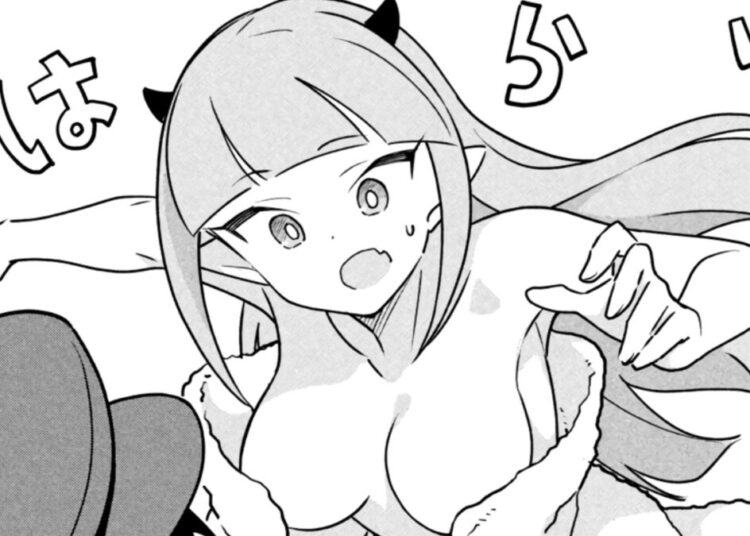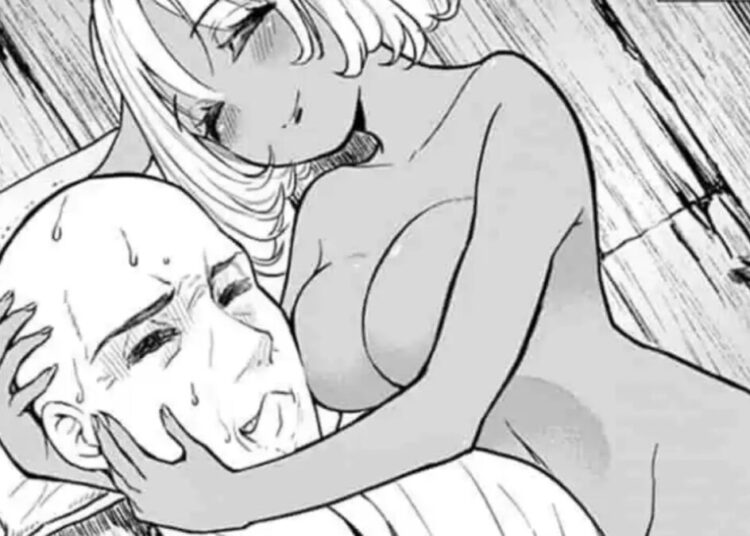In what may well be the end of an era, news has surfaced that legendary creator Takao Saito, the mangaka responsible for Golgo 13, has passed away at the age of 84. According to Kyodo News, the news came from Shogakukan Inc., which announced that he had died from pancreatic cancer on September 24th, 2021. This was reiterated by a statement from Saito Production, the manga house he founded:
訃報
劇画家のさいとう・たかをが、2021年9月24日午前10時42分、膵臓がんのために永眠いたしました。84歳でした。なお葬儀は、新型コロナウイルス感染症の状況を鑑み、親族のみで執り行いました。これまでご愛読、応援いただいた読者の皆様、お世話になりました関係者の皆様に深く感謝申し上げます。 pic.twitter.com/tNC3bpQTiF
— さいとう・プロダクション (@saitoproduction) September 29, 2021
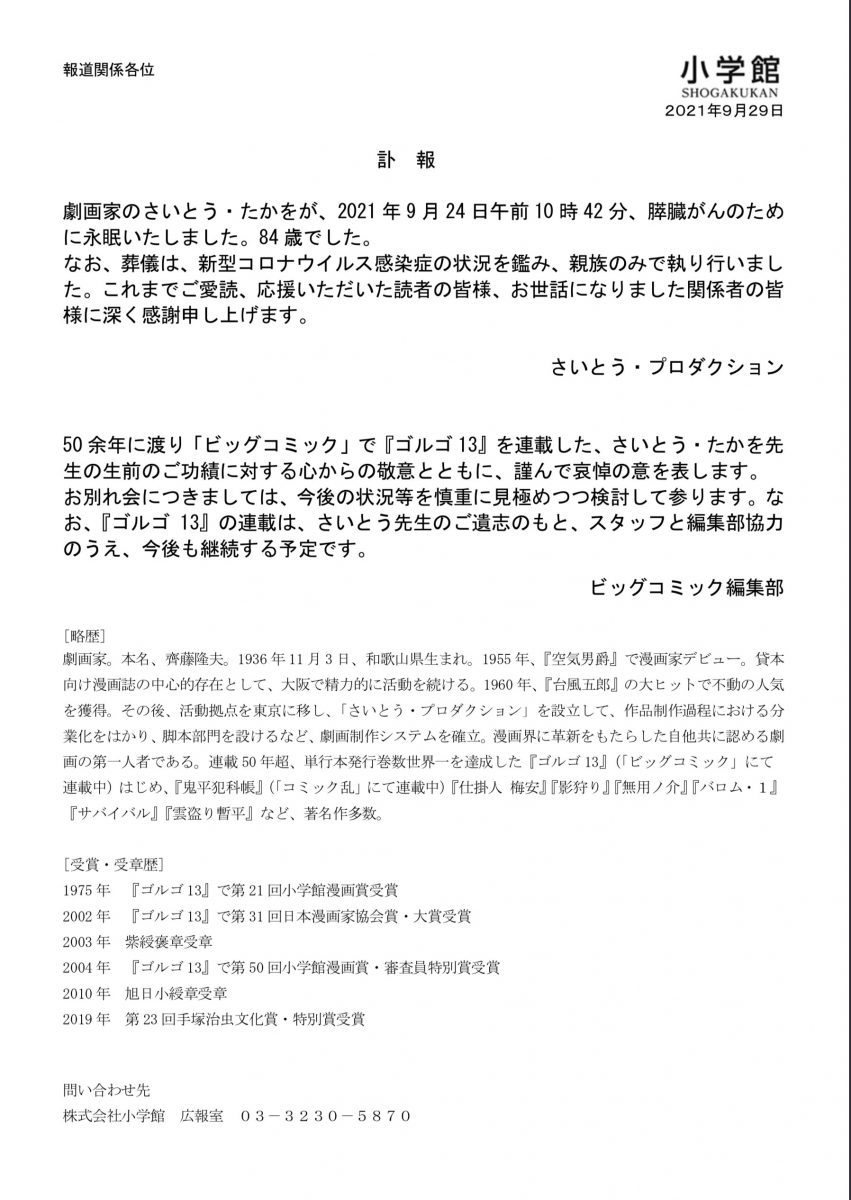
Born in 1936, Takao Saito was a prolific author in life. He had been a close friend of mangaka Shotaro Ishinomori, though unlike contemporary Osamu Tezuka, he went down a different path. According to a 2015 Financial Times interview, he was obsessed with films and “consumed with the idea that the same gripping visuals could be committed to paper”. He, therefore, played a key role in the emergence of gekiga (“dramatic pictures”) in the late 1950s: a style of adult manga emphasizing cinematic flair, grittiness, and more realistic art. In time, this would not only give rise to modern alternative manga, but also significantly influence the Seinen demographic.
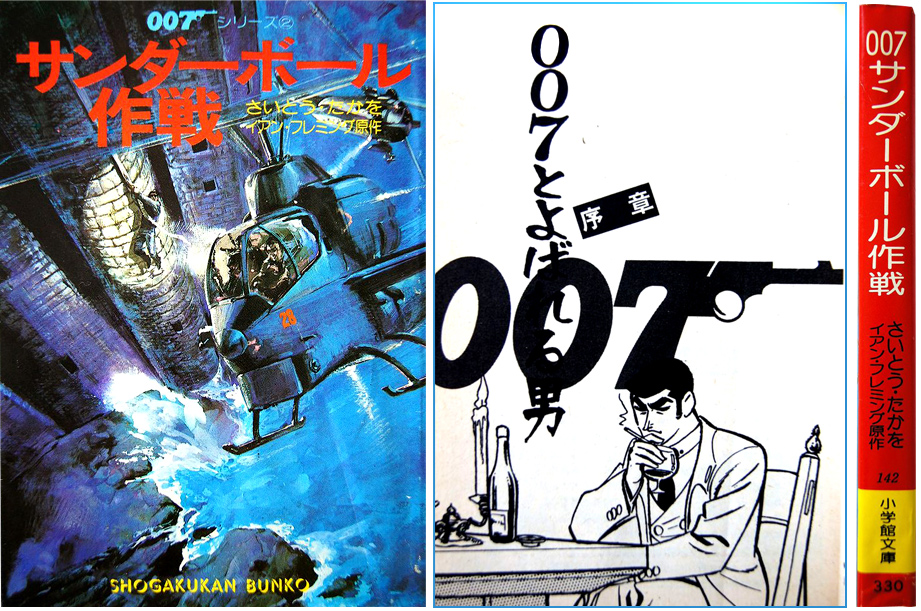
Beginning with Baron Air (1955), his portfolio includes adaptations of Onihei Hankachō (1993 onwards), Japan Sinks (1970), and even Ian Fleming’s James Bond (1964-67). His most famous work, however, is arguably Golgo 13. First appearing on shelves in 1968, the infamous assassin’s lurid exploits have not only entertained generations of fans, as well as spawned films and video games, but has also broken records to become the longest-running manga series ever. Indeed, as if to beat his own earlier remarks about how he’d go all the way to 200 volumes, his 202nd just came out, earlier this month. This isn’t to ignore the myriad accolades he’s garnered over a 66-year career, or how he used Duke Togo’s 50th anniversary to start up a new award to applaud the best from an evolving, resurgent manga industry. Despite struggling with cancer, it’s clear he kept going to the very end.
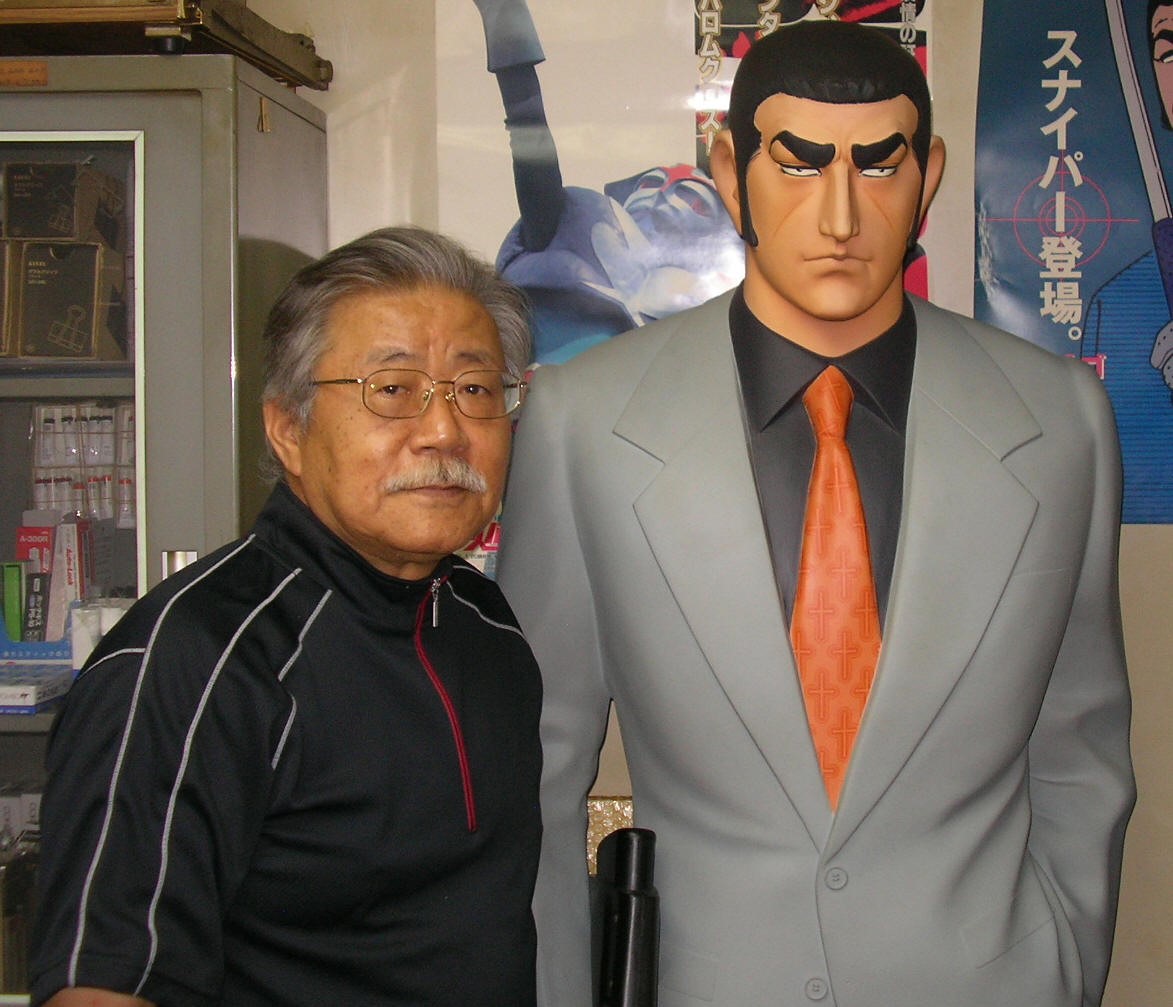
Much like Togo himself, the end was never far off Takao Saito’s mind, in one way or another. As early as 2013, he talked about how he already had an ending prepared for Golgo in the event that the manga was ever canceled, though the specifics remain a “trade secret.” While his death is likely to bring a curtain call to those adventures, his words from back then still say much about his legacy for both fans and the modern manga industry:
“It’s not something that can be decided on… The manga has continued so long that it is no longer the property of the author; it belongs to readers.”
Sadly, not all of Saito’s work, nor all the adaptations based on them, have been localized. Still, much of it remains readily available for posterity. So much, perhaps, that younger fans and creators alike may find decades’ worth of inspiration. A fitting end for a literary legend.


